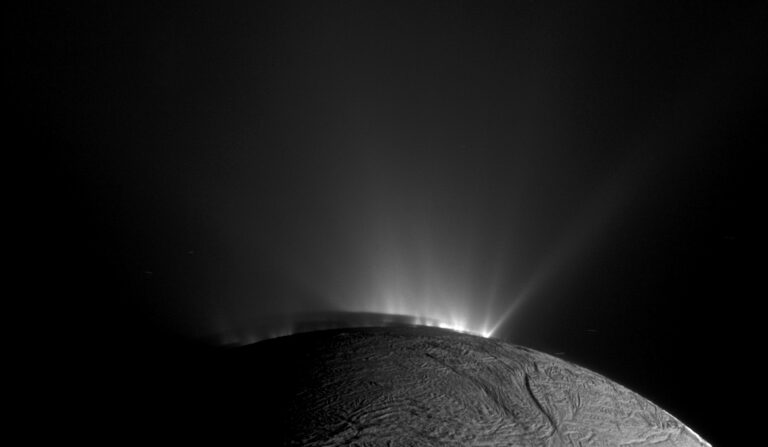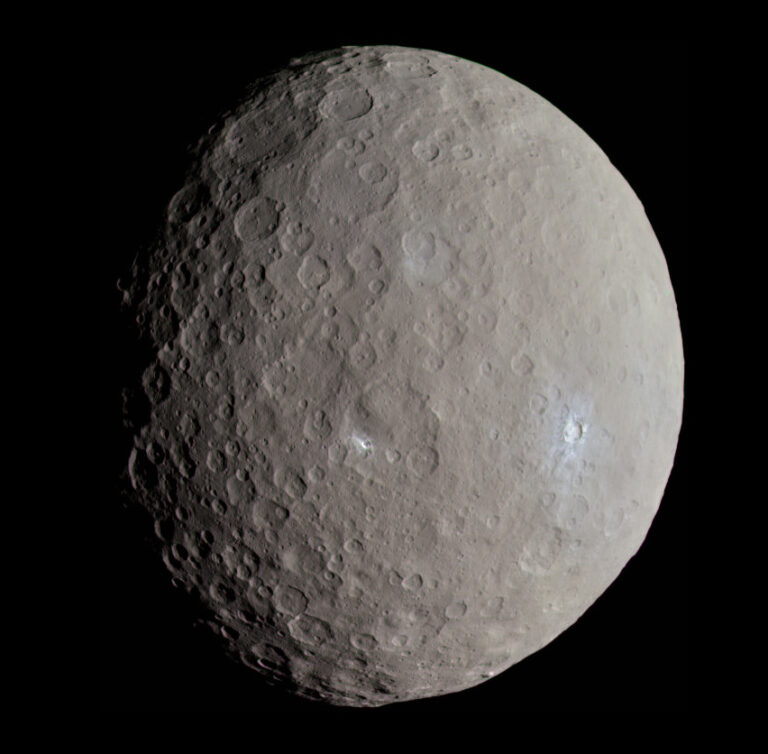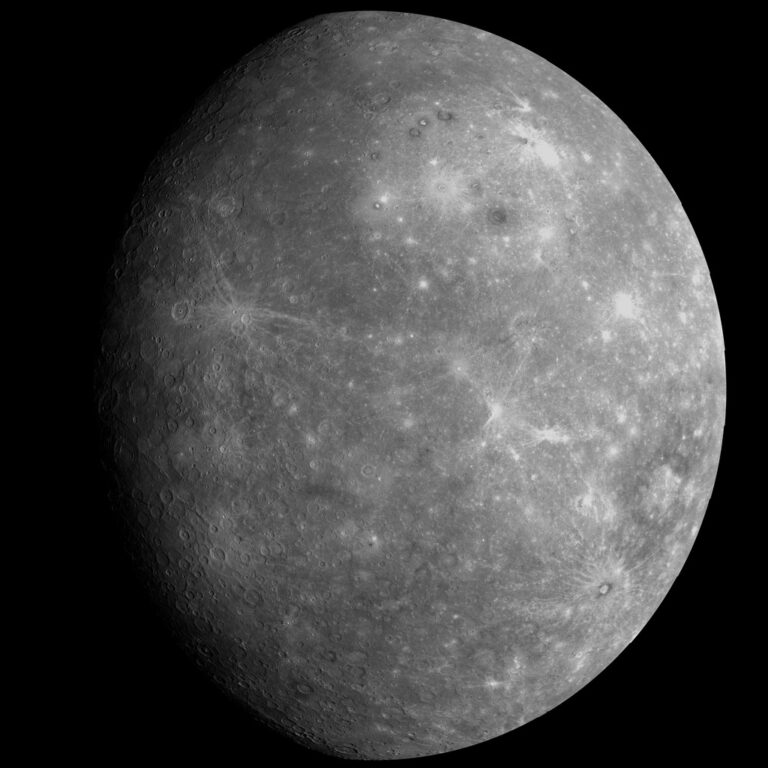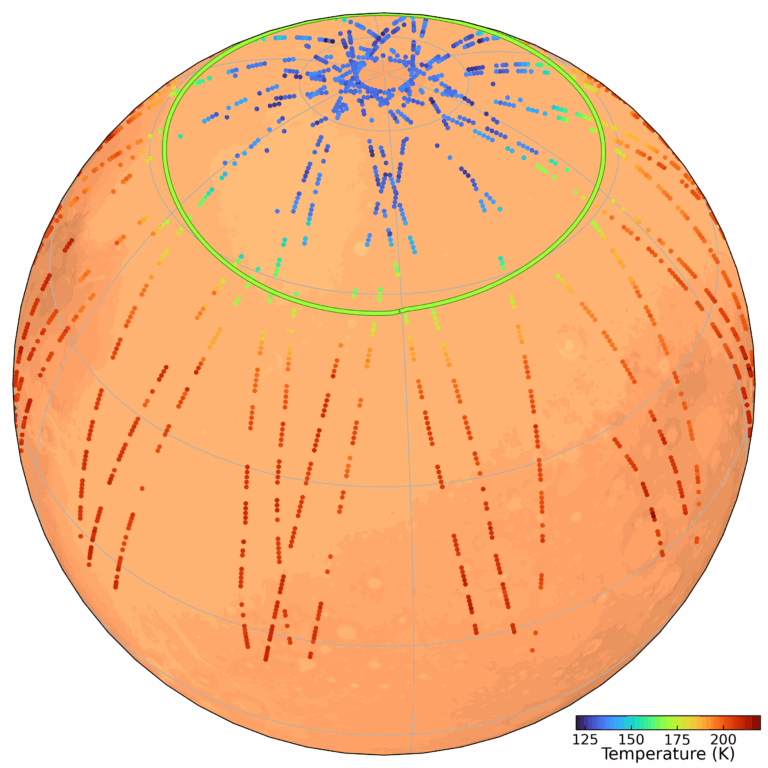Key Takeaways:
If the Barringer Meteor Crater impact event in Arizona occurred in a modern city, it would completely destroy it. As the question implies, distance from the point of impact is directly related to one’s survival. The key to determining a safe distance lies in the energy of the impact event. Estimates of that energy exist, but the range of uncertainty can have significant consequences. If the energy was sufficiently small, one could have had a spectacular view of the impact event from Anderson Mesa, a long volcanic ridge about 15 miles (24 kilometers) west of the crater. However, for some of the larger energy estimates, that location may have been uncomfortably close, if not deadly. I have often thought that a very nice — and safe — vantage point would have been Mount Elden, a towering volcanic dome in Flagstaff nearly 40 miles (60km) northwest of the crater.
The impact produced a shock wave and air blast that radiated across the landscape. If the impact energy was 20 megatons, it was immediately lethal for human-sized animals within 4 miles (6 km) of the impact. A sharp change in pressure caused by the shock wave produced severe lung damage within 6 to 7 miles (10 to 12 km) of the impact. Winds were also catastrophic, with speeds in excess of 900 mph (1,500 km/h) within the inner 4-mile-diameter zone and still more than 60 mph (100 km/h) at radial distances of 12 miles (20 km). Those winds would have picked up debris and hurled it across the landscape like a shotgun blast.
Mammoths, mastodons, and giant ground sloths were among the unfortunate victims of the impact event. Let’s hope we are able to mitigate future events of that size and larger so that we never have an opportunity to witness them from any distance.
Lunar and Planetary Institute, Houston
[Editor’s note: This article was updated Feb. 21, 2022.]










